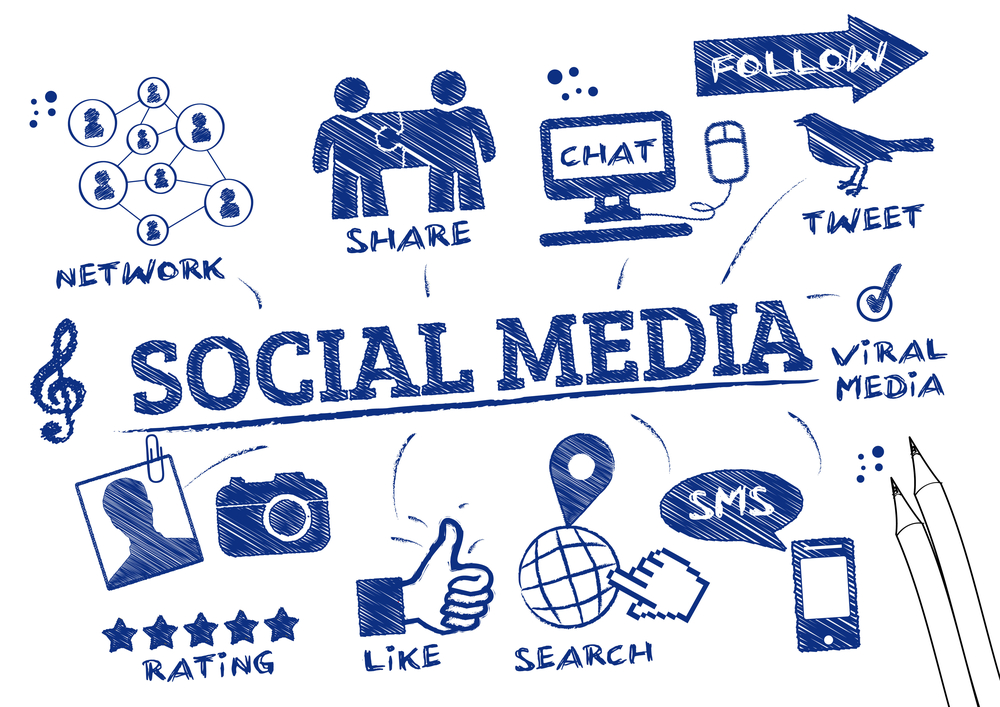Social Media Strategy for Australian Healthcare: The Ultimate Guide with Insights, Examples, and More

In the evolving landscape of healthcare, social media has emerged as a vital tool for engaging with patients, educating the public, and enhancing the reputation of healthcare providers. For Australian healthcare institutions, crafting a robust social media strategy is essential to navigate this digital frontier effectively. In this guide, we’ll explore actionable insights, real-world examples, and best practices to help you develop a winning social media strategy tailored to the Australian healthcare sector.
1. Understand Your Audience
Knowing your audience is the cornerstone of any successful social media strategy. In Australian healthcare, this means identifying the unique needs and preferences of your patient demographics. Are you targeting young families, seniors, or individuals with chronic conditions? Each group has distinct expectations and behaviours on social media platforms.
For example, young families may engage more on Instagram or Facebook, looking for health tips and paediatric advice, while seniors might prefer informative content on Facebook. Tailor your content to these specific audiences to maximise engagement.
2. Choose the Right Platforms
Different social media platforms serve different purposes, and not all may be suitable for your healthcare organisation. In Australia, Facebook remains a dominant platform, especially among older demographics, while Instagram is popular with younger users. LinkedIn is ideal for B2B interactions, such as networking with other healthcare professionals or institutions.
For instance, a Melbourne-based hospital might use Facebook to share patient success stories and community health initiatives, while a specialist clinic in Sydney could use LinkedIn to connect with other healthcare providers and share industry insights.
3. Create Valuable and Relevant Content
Content is the heart of your social media strategy. In healthcare, content should be informative, trustworthy, and sensitive to the needs of your audience. Share health tips, patient testimonials, updates on medical research, and behind-the-scenes looks at your healthcare facility.
An example of valuable content could be a Brisbane clinic posting regular updates on flu vaccinations, or a Sydney-based mental health service sharing articles on coping strategies during stressful times. By offering content that addresses the immediate concerns of your audience, you position your brand as a trusted source of information.
4. Engage with Your Community
Engagement is key to building a strong online community. Respond to comments, answer questions, and participate in conversations. This interaction helps build trust and fosters a sense of community around your brand.
For instance, a Perth-based dental clinic could run a Q&A session on Facebook Live, allowing patients to ask questions in real-time. This not only provides immediate value to your audience but also humanises your brand, making it more relatable and approachable.
5. Leverage User-Generated Content
User-generated content (UGC) can be a powerful tool in your social media strategy. Encourage patients to share their experiences with your healthcare services and feature their stories on your platforms. This not only provides social proof but also creates a sense of community and loyalty among your followers.
For example, a hospital in Adelaide might invite patients to share their recovery stories or photos after surgery, which can then be shared (with consent) on the hospital’s social media pages. This kind of content resonates deeply because it’s authentic and relatable.
6. Monitor and Adapt Your Strategy
Social media trends and algorithms are constantly changing, so it’s essential to monitor the performance of your content and adapt your strategy accordingly. Use analytics tools to track engagement, reach, and other key metrics. If a particular type of post is performing well, consider creating more of that content.
For example, if a Queensland health service notices that their mental health posts on Instagram receive high engagement, they might focus more on creating similar content, or even develop a campaign around mental health awareness.
7. Ensure Compliance with Australian Healthcare Regulations
Healthcare is a highly regulated industry, and it’s crucial to ensure that your social media content complies with Australian healthcare laws and guidelines. This includes protecting patient privacy, avoiding misleading information, and ensuring that all claims are evidence-based.
For example, a Sydney-based cosmetic clinic must be cautious not to post before-and-after photos without proper consent and should ensure that any medical claims made on social media are backed by clinical evidence.
8. Collaborate with Influencers and Experts
Partnering with healthcare influencers or experts can amplify your reach and credibility. In Australia, there are numerous health professionals, wellness experts, and patient advocates who have significant followings on social media. Collaborating with these influencers can help you tap into their audience and expand your reach.
For instance, a Melbourne-based wellness centre could partner with a local fitness influencer to promote their services or a Brisbane hospital might collaborate with a well-known dietitian to share nutritional advice during National Nutrition Week.
9. Crisis Management: Be Prepared
In the healthcare sector, it’s crucial to have a crisis management plan in place for your social media channels. Whether it’s dealing with a public health issue or responding to negative feedback, being prepared can help mitigate the impact of a crisis.
For example, during the COVID-19 pandemic, many Australian healthcare providers had to quickly adapt their communication strategies to provide timely updates and accurate information. Having a clear, well-communicated crisis management plan ensured that they could respond effectively and maintain public trust.
Conclusion
A well-crafted social media strategy can be a powerful tool for Australian healthcare providers. By understanding your audience, creating valuable content, engaging with your community, and staying compliant with regulations, you can build a strong online presence that enhances your brand and fosters trust among patients. With the right approach, social media can become an integral part of your healthcare marketing strategy, helping you connect with your audience in meaningful and impactful ways.

